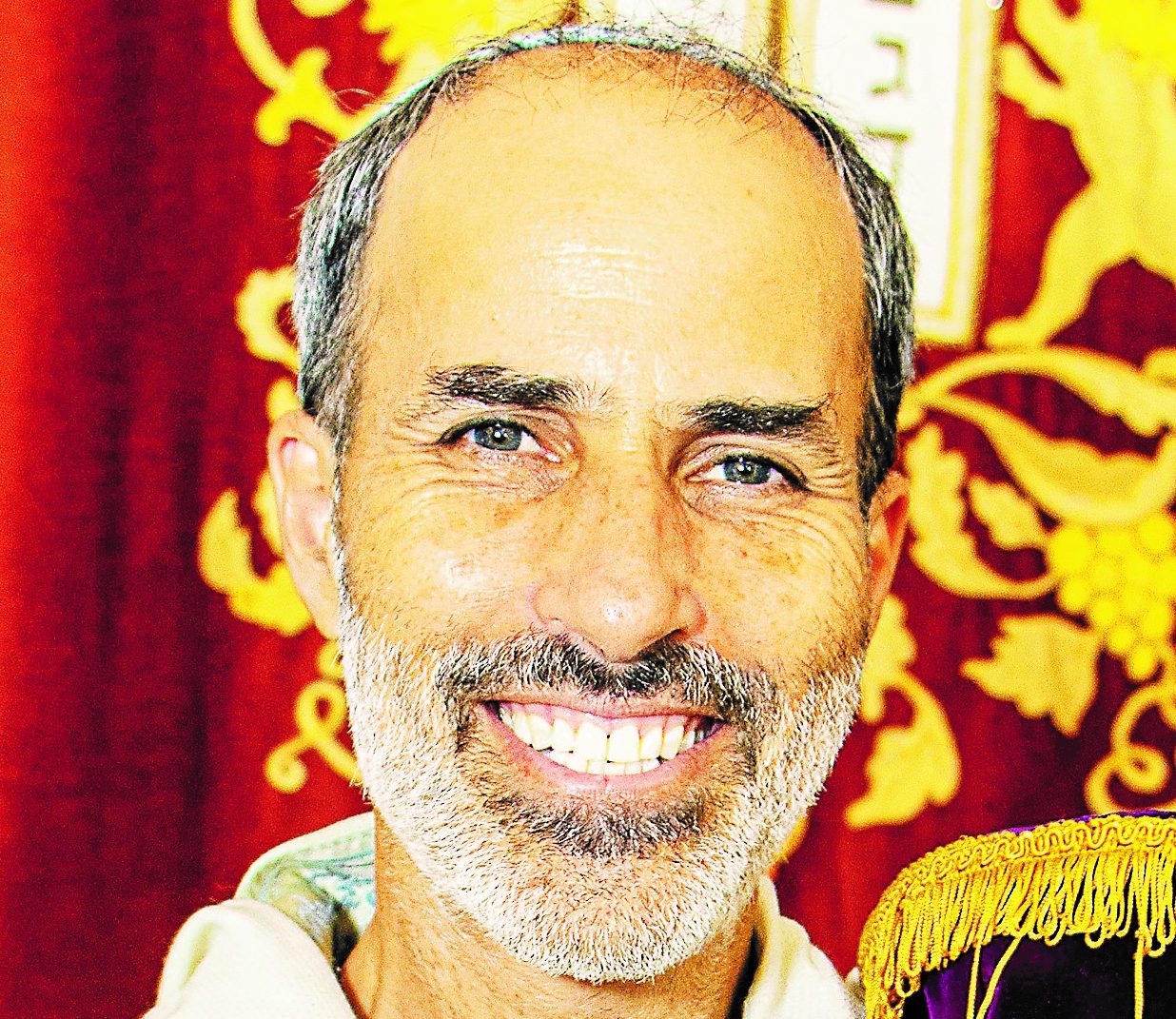click to dowload our latest edition
CLICK HERE TO SUBSCRIBE TO OUR NEWSLETTER


Published
3 years agoon
I wrote before Purim about the masks that we wear. Not just the COVID-19 ones, but the permanent ones that hide our true selves. And I wrote about the precarious and fraught position that Esther, the hiding heroine of Purim, found herself in, not just through the Megillah, but beyond.
In so many ways, that fragility remains today. Do you have children or grandchildren in nursery school? Did they dress up this Purim? Did your daughters want to be Esther? Gorgeous! Or is it? When we dress our daughters as Queen Esther, what are we saying to them?
We tell kids that Esther won the beauty pageant (which is already a problem – you want your daughter to aspire to beauty pageants?) But the Megillah tells us that she was trafficked into a prospective-wife-to-the-king competition and then forced to enter a harem to await her chosen night with his majesty. And if she tried to fight against her situation, well, we saw what happened to Vashti.
Yes, she is the heroine of the story, and in spite of her impossible position, she manages to save the Jewish people, but her position (even at the end of the story) remains a fraught one, and G-d forbid any of our daughters should have to walk in her shoes.
Now that Purim is long-past and Pesach is on the doorstep, let’s pause and ask a similar set of questions about your daughters’ and granddaughters’ role models. Who leads your seder, and who cooks the food? Who cleans out the chametz? What do your Pesach gender roles tell your daughters? And your sons?
In your Haggadah reading and telling, do you mention Moses? I’m sure he comes up, even though he’s not even mentioned in the Haggadah (well technically his name does come up once in a drosheh of Rabbi Yossi, but blink and you’d miss it).
Any telling (the mitzvah of the seder is to tell the story, after all, not just to read the Haggadah) will naturally include Moses, the leader, teacher, interpreter of the exodus, and perhaps might make mention of Aaron’s role alongside him.
But do we talk about Miriam at our seder? How often does her name come up at your table on seder night? After all, Miriam, with her brothers is the eldest of the “big three”, a woman who the Torah called a nevia (prophetess) (Ex 15:20) and who the Talmud tells us is one of the seven major female prophets of Israel (BT Megillah 14a).
The prophet, Micah, tells us that G-d sees the three siblings as equally responsible for going out of Egypt. “For I brought you up out of the land of Egypt and redeemed you from the house of slavery, and I sent before you Moses, Aaron, and Miriam.” (Micah 6:4). After all, there would be no Moses without Miriam. It was she who watched him down the Nile River and negotiated with Pharaoh’s daughter to get Yocheved, his mother, to be his wet-nurse. And it is Miriam Ha-Nevia alongside her more famous brother who leads the Israelites in song and dance after the parting of the Sea of Reeds (Ex 15:20).
It’s none other than Miriam that our tradition understands was responsible for the entire supply of water in the desert as the Israelites wandered through the wilderness. When Miriam dies, the next verse describes the Israelites complaining about a lack of water (Num. 20:1). The Talmud notes that this was because it was only in the merit of Miriam that a miraculous rock followed their journey, providing water for all the twelve tribes (BT Ta’anit 9a).
Why isn’t she discussed and celebrated at Pesach? Is it because she’s a woman? And for that matter, what about Shifrah and Pu’ah, the midwives who courageously saved the Israelite boys from being drowned in the Nile, without whom there would have been no Israelites to free.
In fact, the opening stories of Exodus are all about the courage of women, women who have largely been dropped from the narrative.
So here’s a custom that many have started to include on their seder tables. Decorate a beautiful cup for Miriam and give it a place of honour at the centre of the table. At a suitable moment in the evening, tell a few Miriam tales and explain the midrash that Miriam provided the well of water that sustained the Israelites in their 40-year trek around the Sinai Peninsula.
Ask everyone to pour a little bit of water from their own glasses in turn into Miriam’s cup in celebration of the unsung female heroines of the Exodus, and of women since. As they pour the water, let them name a female ancestor (recent or ancient), who has inspired them.
Declare “Zot kos Miriam, kos mayyim chaim [this is the cup of Miriam, the cup of living waters]” and place it next to Elijah’s cup on the table.
And if yours is the kind of seder that you can take a bit of time to expand and discuss the texts and rituals, why not take time to reflect on the role of women in the world today.
Ask everyone to say how they think we can be part of the process of freeing the world from the slaveries of gender – of trafficking, professional glass ceilings, objectified bodies, and rape and abuse. Those are more worthy questions than, “When do we eat?”
This Pesach, may we commit to raising wise daughters and sons, and may we all come out of it freer.
Chag sameach!
